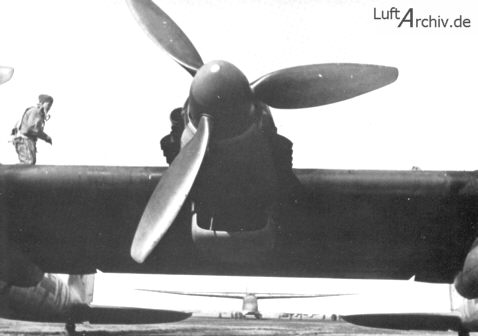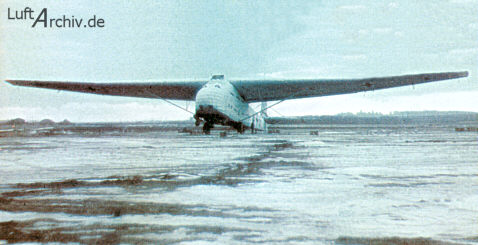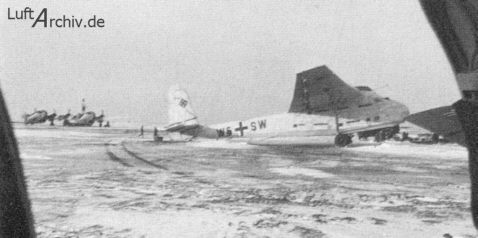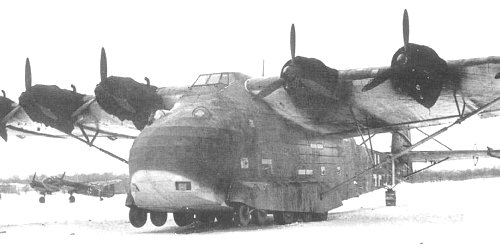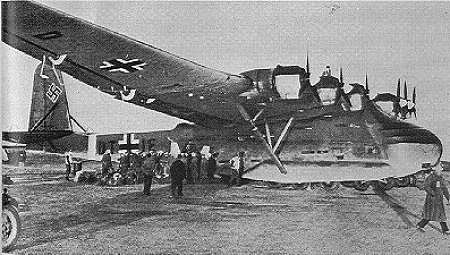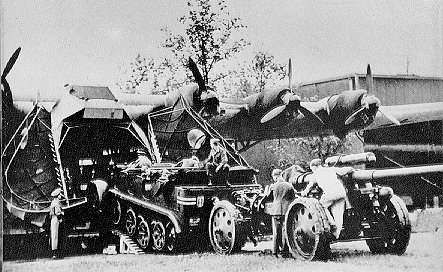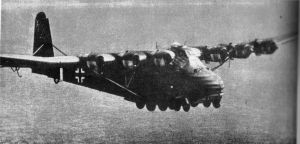Messerschmitt Me-321 & 323 Gigant
Making its first flight in March 1941 behind a Junkers Ju 90 tug, the Messerschmitt Me 321 (a massive welded steel and wood glider with mixed ply and fabric covering) had surprisingly only one pilot on board, a man of sufficient stature to use the controls by physical means alone since there was no power assistance, although later three crew members became the accepted complement.

Designed to transport a company of soldiers, or an anti-aircraft gun, or a tracked vehicle or the equivalent weight of freight, the Me 321A initial version was supported on the groundby a multi-wheel bogie at each side, although in the later Me 32IB a more conventional type with two largediameter wheels was adopted.
Even with a tow provided by means of three Messerschmitt Bf 110s or one Heinkel He 111Z at maximum load there was often insufficient power to lift the huge glider off the ground, so auxiliary rockets were provided. Trials were also made with pulsejets to increase range after release from the tow.
Me-321 cockpit with armored seats.

This problem led to the evolution of the similar Me 323D ‘powered glider’
series with six piston engines and a suitably-strengthened airframe,
although the prototype was fitted with only four motors. Structurally similar to the earlier design, all the powered variants retained the clamshell doors in the nose and reverted to the bogie
landing gear, and in this form the type was capable of providing transport for a minimum of 130 troops and a crew which was now increased to five on the Me 323D-6 variant which appeared in
December 1942.
The additional members were a pair of engineers to look after the problem of engine synchronization, while in the later Me 323E-1 version with engines of increased power this number was augmented by a further pair of men to operate an extra two gun turrets.
Production was planned to continue into 1945, but it in fact ceased in the spring of the previous year when less than 200 examples had been delivered of the powered type.

Specification Messerschmitt Me 323D-6
Type: heavy assault transport
Powerplant: six 850. l-kW(l, 140-hp)
Gnome-Rhône 14N 14-cylinder aircooled
radial piston engines
Performance: maximum speed
285 km/h (177 mph) at sea level; range
1100 km (684 miles)
Weights: empty 27330 kg (60,252 lb);
maximum take-off 43000 kg (94,799 lb)
Dimensions: span 55.00 m (180 ft
5,4 in); length 28.15 m (92 ft 4,3 in);
height 8.30 m (27 ft 2.8 in); wing area
300 m









